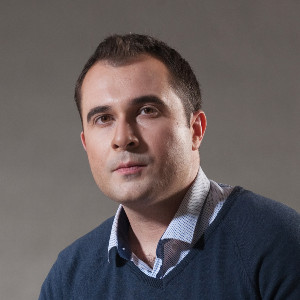Hi, I have about two weeks until consulting interviews. I read Victor Cheng's book and read some cases on my own from case books. More recently I started doing cases on Preplounge and I'm only just a beginnner. I really want to amp up my chances of getting into MBB, but I also can't afford to pay for a coaching session. What should I do? What kind of structured approach would ensure that I have a good grasp of cases?
Here are my problem areas so far as I understand:
1. oftentimes in cases, while coming up with a framework, I feel like I'm shooting off randomly and my structure isn't MECE enough;
2. I get stuck in putting together equations for word problems and then solving them quickly; since I'm bad at quick math, I've been rounding numbers a lot but to what extent is rounding allowed?
3. What are the main types of cases I should do?
Thanks, and I really appreciate any feedback.














